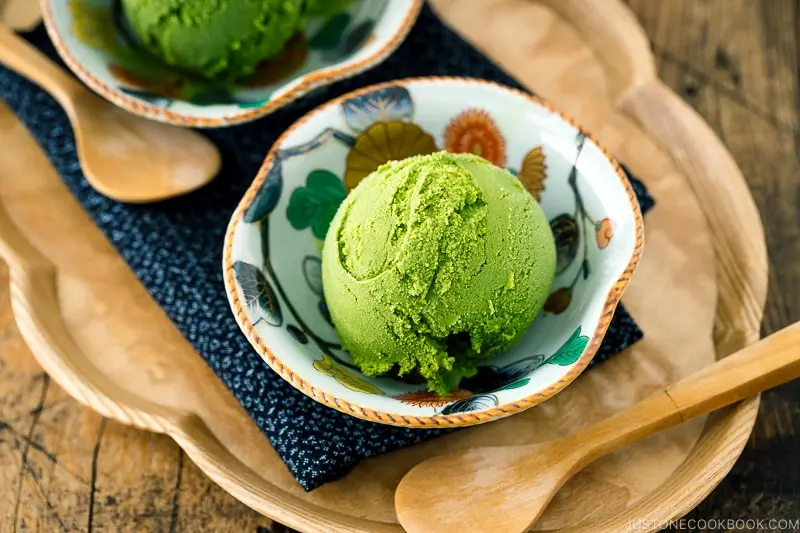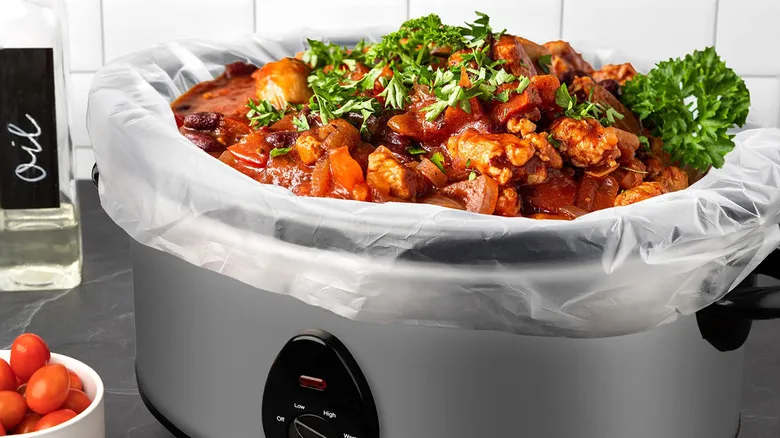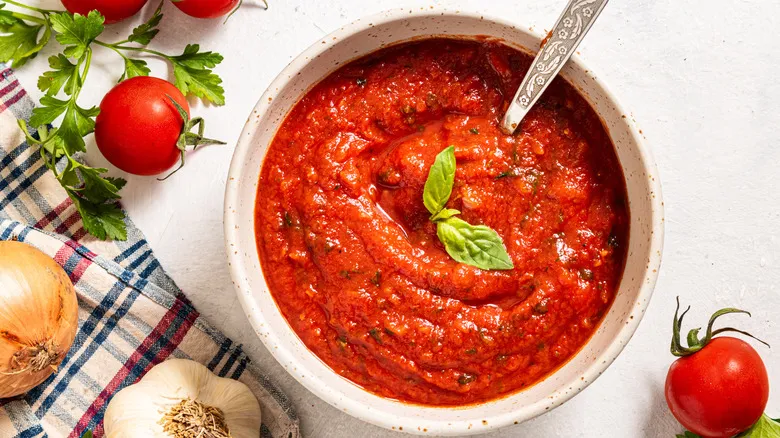Keep fish cold over ice in the fridge
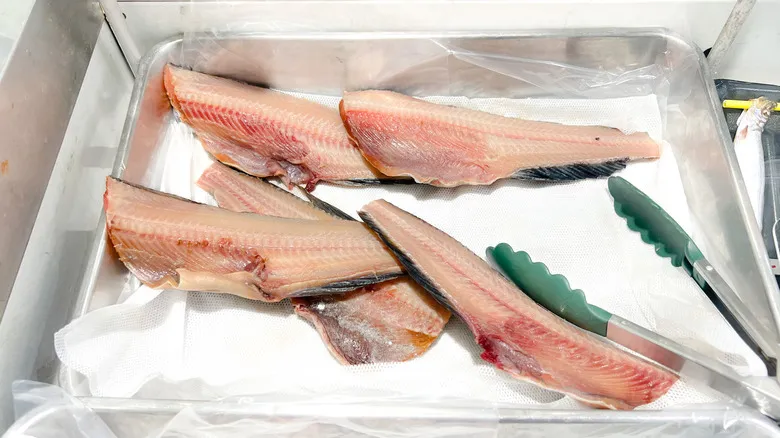
Preparing delicious fish hinges on freshness, so quality control begins while you're shopping. One of the most common errors when purchasing seafood is failing to choose fresh items, so be sure to shop thoughtfully. A helpful sign of freshness is the presence of clean ice beneath the fish at the market counter. To minimize spoilage, keep the seafood at cold temperatures from this point forward, even if it means bringing a cooler to the store.
Once you arrive home, continue to limit the time the seafood is exposed to warm air. Remember that fish thrive in cold waters, so even a slightly warm environment can lead to deterioration. Quickly clean and dry the fish, then prepare your fridge for storage. Make sure to clear enough space, especially if you've bought a large amount of seafood.
Begin by filling baking sheets with crushed ice, then place a cooling rack, another pan, or the fish in sealable Ziploc freezer bags on top of the ice. Wrap the entire haul in plastic wrap or aluminum foil. Regardless of the method you choose, ensure that the fish does not come into direct contact with the ice and that air exposure is minimized. Store it in the back of the fridge, checking periodically for any melted ice. With this careful approach, you'll be able to grill an impressive fish dinner later in the week without worrying about spoilage.
Recommended

Can You Freeze A Costco Pumpkin Pie For Later?
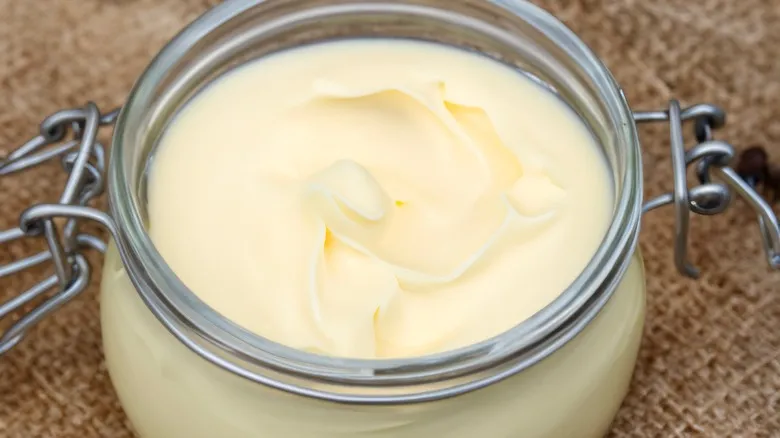
Here's The Proper Way To Freeze Beef Tallow

How Long Does Applesauce Last In The Fridge After Opening?
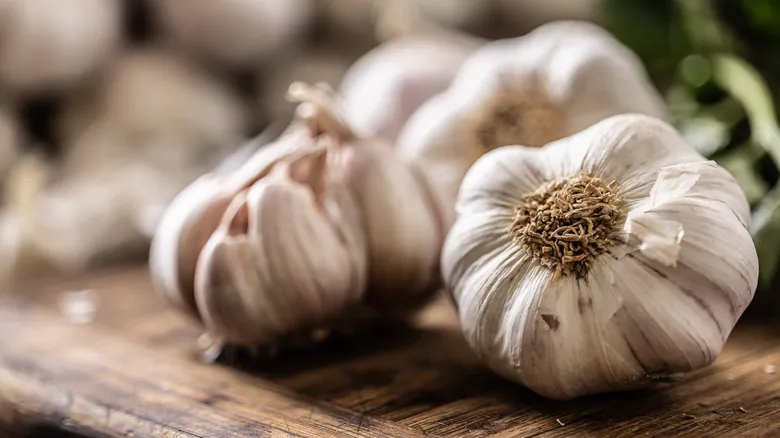
Can You Store Fresh Garlic In The Freezer?
Next up



